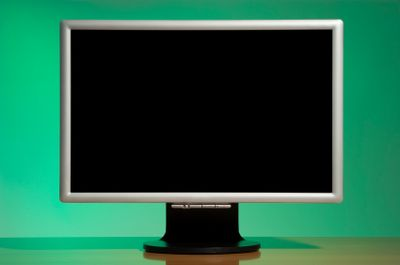There’s a lot of talk about energy efficiency these days, and we all know it makes sense to ensure that our homes are as energy efficient as possible. We may have heard that energy efficient measures save us money and help to reduce the pressure on natural resources, but how well do we understand our homes and appliances?
If you’re anything like me, when people start mentioning kilowatt hours and watts you may tend to smile a little blankly and nod. However, energy efficiency isn’t just about working out how many of you it will take to change the light bulbs in your home; sometimes it’s about getting your head around the basic principles of what is eating up your hard-earned cash.
What is a Kilowatt hour anyway?

So let’s deal with the nitty-gritty first. What on earth is a kilowatt hour (Kwh)? We’re billed by our electricity companies per unit of electricity. One unit equals one Kwh. Each Kwh is 1000 watts. Basically, whatever your energy supplier charges per unit you get to burn a thousand whole watts of electricity. Sound a lot? Well it’s not as much as you might think.
Working out your wattages
Electrical stuff or electrical devices (like your home theater components and home audio systems) all come with an energy rating. These days it’s likely to be printed on a label somewhere on the device. Older appliances may not have it, but you can usually check out the Internet to work out what a specific device might use. A quick trip around my house and office led me to the following discoveries: my dishwasher has a rating of 2000 watts. My fridge is located in such a way that I can’t find out without pulling a muscle, but the Web tells me it’s probably burns 5 Kwh per day. The TV chomps 130 watts an hour, while my computer is eating its way through another 240 watts per hour. Meanwhile my laptop appears to be on a diet and just consumes 60 watts per hour.
The rating on the appliance will tell you how many watts an appliance will use in an hour. So I get around four hours of desktop computing for the price of one unit of electricity. For me, this is worrying as I work from home and the PC is on for an absolute minimum of eight hours per day. I’m planning on relocating to the laptop a little more often. The dishwasher gets through a greedy two units of electricity in just an hour, while I could be sat comfortably in front of the HDTV for a full seven hours if I didn’t do any washing!
Good excuses to give up the chores
I’ve swallowed the ‘we should all use less energy’ line, like many other people. However, it’s not until taking this short, investigative trip around the house that I have realized that by some very simple modifications to the way I live, I could save money without really trying. The most expensive room in the house turns out to be the kitchen, which means I have the delight in announcing I shall be doing a lot less dishwashing and cooking. In real terms, the expensive dishwasher or washing machine may still get used, but I’m planning on being a lot more efficient about popping a load in.
Light touches
Finally I’ve long since made sure that all the light bulbs are energy-saving 5 watt models. As I prefer low lighting after a day in front of a PC, this is no hardship. However, if you prefer your wattages a little higher, you can still pepper a few low-watt lamps around, to provide background lighting when the bright lights aren’t required (great for home theater environments, say). For anyone concerned with their energy bills, not to mention the planet, a little home investigation can throw up some simple ideas on how to save the planet without the need to change your life drastically.
Surprisingly understanding the energy use around your home is not rocket science. In addition to simple steps, services from www.buyability.co.uk can help to save the planet and a small fortune along the way.

